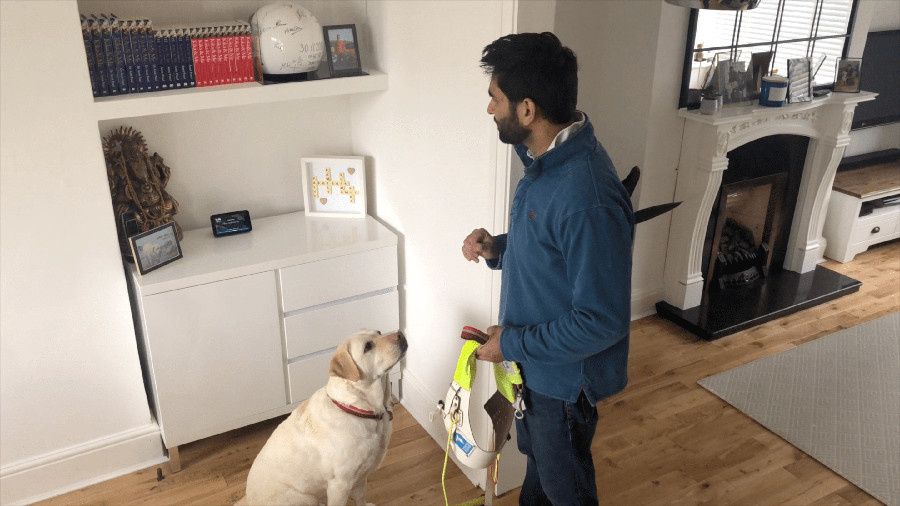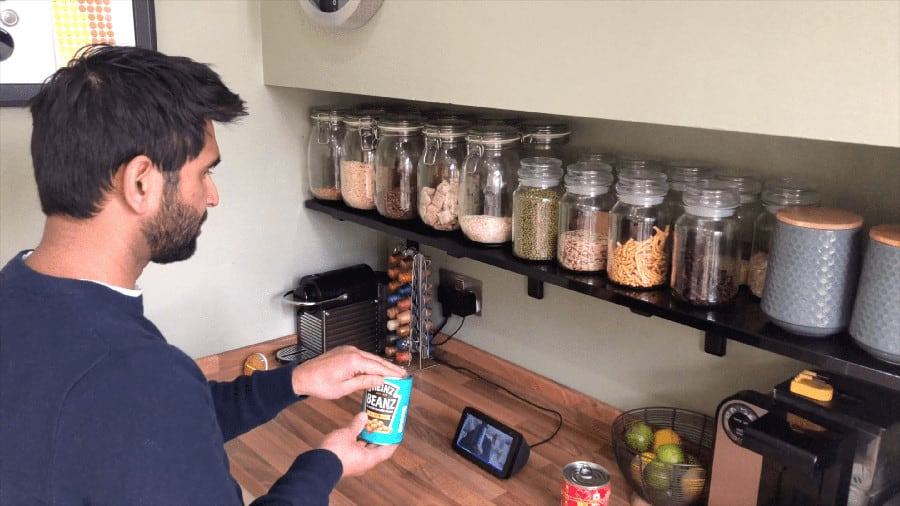Amazon Alexa launches ‘Call RNIB helpline’ to make information more accessible

Today, Amazon is launching the ‘Call RNIB helpline’ Alexa skill, which is one of the latest Alexa functions following on from a collaboration with the Royal National Institute of Blind People (RNIB).
Users who need the service simply need to say “Alexa, call RNIB helpline”. The helpline opening hours are Monday – Friday 8am-8pm; Saturday 9am – 1pm. Between these hours, an RNIB advisor answers the person’s call and offers support to those who need it.
The RNIB helpline helps people with sight loss, and those who support them, with a range of services. This includes advice on issues like employment, education and technology, and support to adapt to life with sight loss by way of peer support and counselling services.
The helpline is also able to provide callers with practical assistance around accessing information, adapting your home, and getting around within you community.
“This is the next step in our collaboration with the RNIB, as part of our ongoing commitment to developing Alexa’s accessibility features,” said Dennis Stansbury, Alexa’s UK country manager. “The new ‘Alexa Call RNIB Helpline’ calling feature is another great way of helping our blind and partially sighted customers to feel more independent and connected by simply using voice commands.”
“Having Alexa in the home allows me to go about my day without facing as many barriers as I usually do,” added Dr Amit Patel, a disability rights campaigner and motivational speaker. “The Accessibility Hub hosts information on a range of features on Alexa such as Show & Tell and the new RNIB Helpline service which let me live more independently. I can control my home, connect with loves ones and identify hard to recognise objects all through my Echo device using my voice.”
The feature follows on from the recent launch of the Accessibility Hub, outlining the numerous ways smart home devices and virtual assistants can control their homes, from switching on kettles and lights to identifying store cupboard ingredients for increased independence.
In addition to the “Call RNIB Helpline” function, owners of an Echo device also have access to the below features via the Accessibility Hub:
Show & Tell

Late last year, Amazon introduced Show & Tell in the UK, allowing Echo users with a screen to hold common household objects up to the camera and ask “Alexa, what am I holding” to identify the items that are difficult to recognise by touch alone, such as tins and cleaning products.
Speak slower/faster
Customers in the UK can ask Alexa to speak slower or speak faster, enabling Alexa to adapt to a diverse set of customer needs. Those who are visually impaired, and use text to speech on their technology, can request that Alexa speaks faster, mimicking the speed they are used to on other technology devices. This feature also aids those who are hard of hearing, allowing Alexa to speak at a preferred rate that suits their needs.
Screen Magnifier
The Screen Magnifier feature allows people with low vision to zoom in/out and pan to enlarge items on the screen for improved visibility, this means Echo users with a screen can still utilise functions such as cook-along.
VoiceView screen reader
Alexa’s VoiceView feature is a screen reader for Echo devices with a screen. When enabled, VoiceView lets individuals use gestures to navigate the device while VoiceView describes the actions they perform on screen. Once VoiceView is enabled, specific gestures allow users to navigate the screen, such as swiping left or right with three fingers to go to the next or previous page.
Alexa app theming
The Alexa app has recently been updated to include light and dark modes and text scaling for improved accessibility. The new update will allow users to have increased readability and offer colour contrast in different light environments for those that struggle with low or high-light situations.
Fire TV Text Banner
Amazon introduced the Text Banner for Fire TV last year: a new assistive technology designed for users with a narrow field of vision, including eye conditions like macular degeneration, glaucoma, and retinitis pigmentosa. Text Banner consolidates onscreen text into a compact, written banner that appears in a fixed location on the screen.

